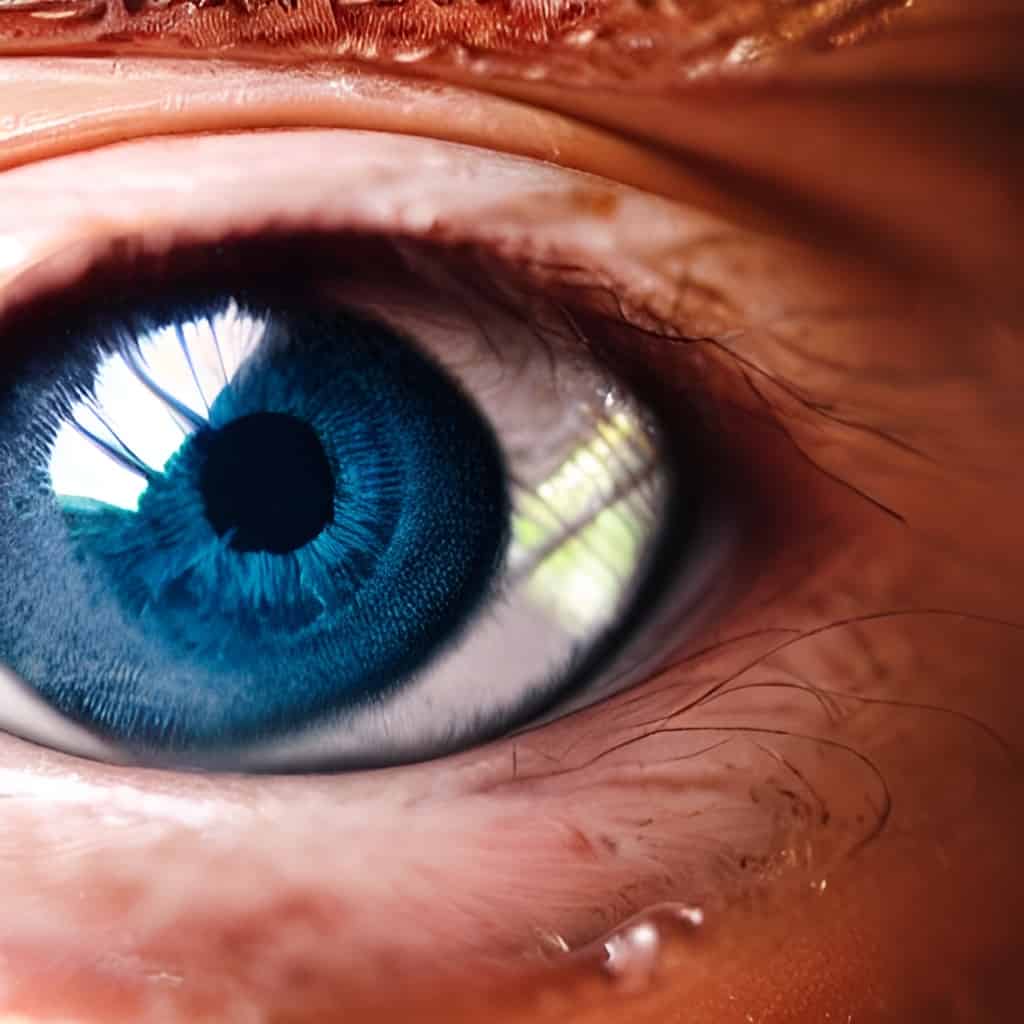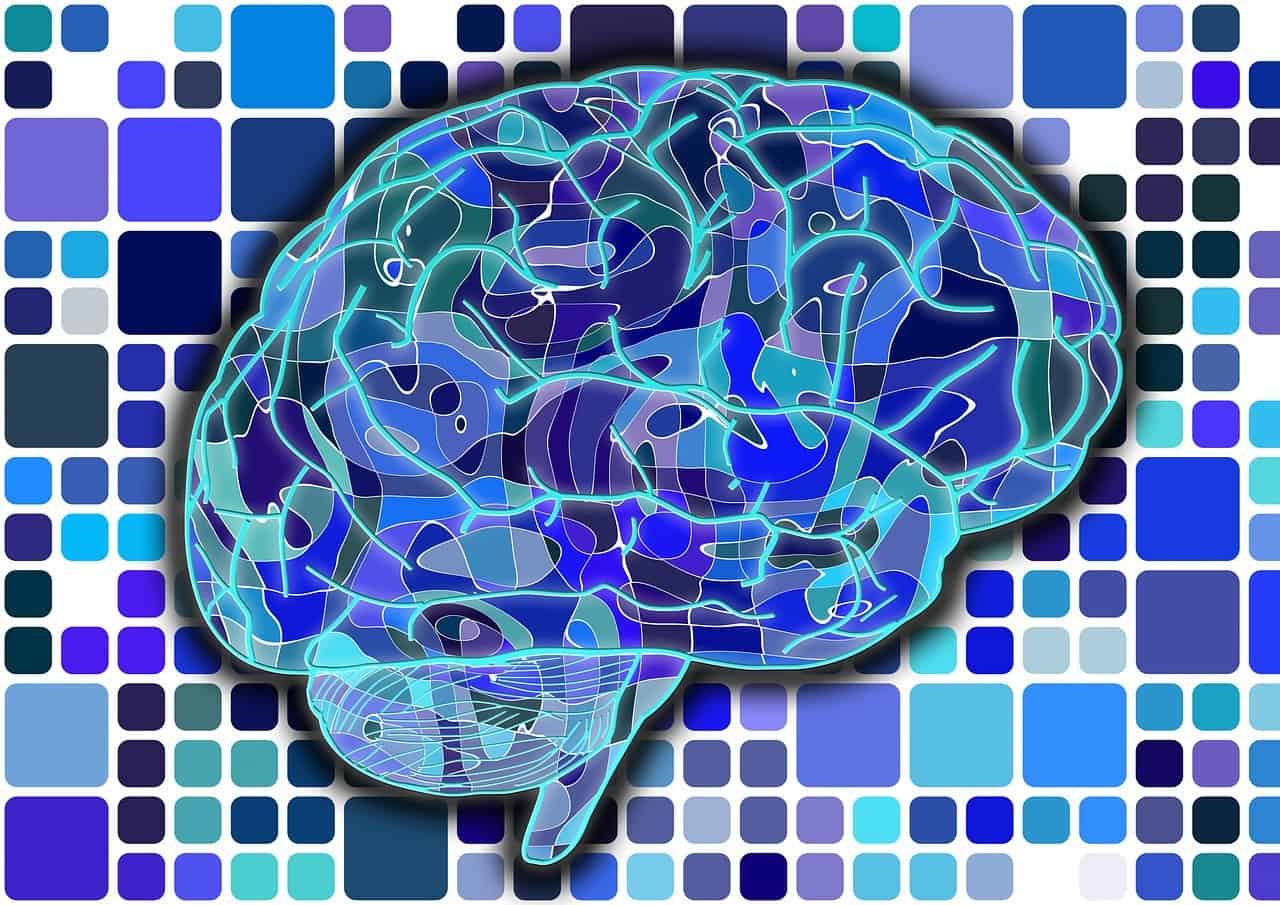
At the EURETINA Congress 2023 in RAI Amsterdam, the Dutch research organization TNO will present an advanced retinal camera for early disease detection. The camera uses light to measure oxygen saturation in retinal blood vessels. Localized oxygen deficiency is an early indicator of retinal degradation, which is often due to diabetes, writes TNO in a press release.
- TNO will present an advanced retinal camera for early disease detection.
- The eye is the only place in the body with direct vision of blood vessels.
- The camera uses light to measure oxygen saturation and it could detect cardiovascular and brain diseases.
More than 1.2 million Dutch people have diabetes and there are 1,000 more diagnoses every month. Around 30 percent of them suffer from retinal degeneration (diabetic retinopathy) as a result. This affects the blood vessels in the eye, which can cause oxygen deprivation in the retina, often resulting in vision loss. Earlier detection of this condition means faster treatment so that poor vision or blindness need not be an automatic consequence. Therefore, TNO is working on two retinal cameras that use light (photons) through the pupil to image the oxygen distribution in the retina.
Measuring oxygen via multiple light colors
Together with the Rotterdam Ophthalmological Institute and the Leiden Center for Human Drug Research, TNO is working on an innovative module for retinal cameras called “QRI, Quantitative Retinal Imaging.” This module illuminates the retina with line patterns of specific colors. Based on these patterns, diagnostic information is obtained about the oxygen distribution and blood flow in the retina, among other things. In addition, TNO is developing an SLO (scanning laser ophthalmoscope) system in close cooperation with the Free University and Heidelberg Engineering. Using a high-speed scanning laser, it measures oxygen saturation in the retina’s blood vessels via multiple light colors. In the short term, this may enable earlier detection of eye diseases such as diabetic retinopathy.

A model that mimics blood vessels in the human eye
Validating new instruments in ophthalmology is challenging because the retina is not easily accessible physically. TNO, therefore, developed an innovative ‘model eye’ to test these retinal cameras with oxygen measuring function. What makes this model eye special is that it accurately mimics a blood vessel in the human eye. Thus, living human blood flows through a small artificial blood vessel into an artificial retina with the optical and geometric properties of a natural eye. The oxygen saturation in the blood is set using a miniature heart-lung machine.
Next step: Parkinson’s and Alzheimer’s
Since the eye is the only place in the body with direct vision of blood vessels and nerve structures, it offers great prospects for measuring biomarkers (measurable indicators that provide information about your state of health). Therefore, the next step is to investigate whether it can detect cardiovascular diseases and brain disorders such as Parkinson’s or Alzheimer’s in the eye. Currently, those brain diseases are still difficult to detect. Early detection of cardiovascular diseases would be of great benefit in women, for example, because, unlike in men, first signs are often not recognized.







